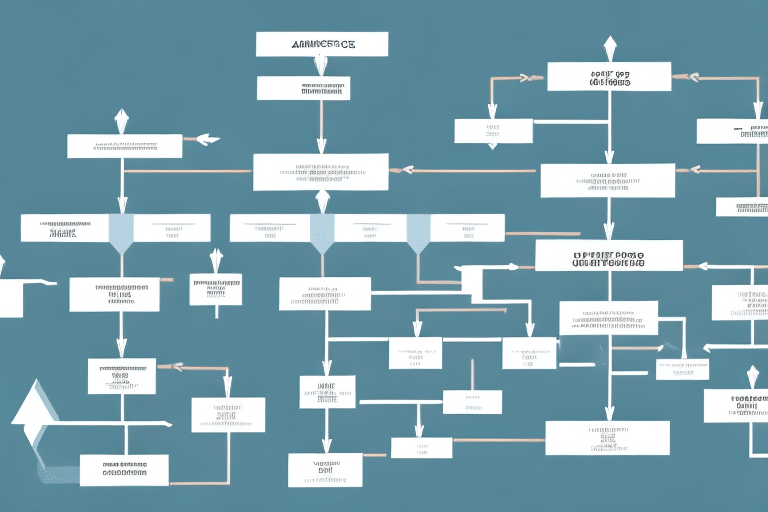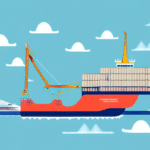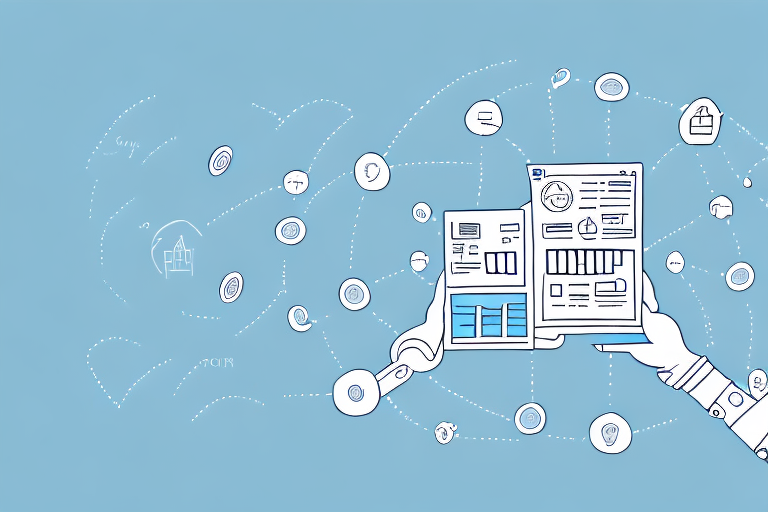A Comprehensive Overview of Shipping Flowcharts
In today's fast-paced and highly competitive business environment, efficient logistics management is crucial for success. To achieve this, businesses need to have a well-planned and organized shipping process. This is where shipping flowcharts can play a vital role.
The Importance of Shipping Flowcharts in Logistics Management
Shipping flowcharts provide a visual representation of the shipping process, detailing each step involved from the point of origin to the final destination. This allows businesses to gain a comprehensive understanding of their shipping operations, identify bottlenecks and inefficiencies, and implement necessary improvements to streamline their processes.
According to a [2023 Logistics Performance Index](https://lpi.worldbank.org/), companies with optimized shipping processes reported a 15% increase in delivery efficiency and a 10% reduction in operational costs.
Creating Effective Shipping Flowcharts
Identifying Key Steps and Processes
The first step in creating an effective shipping flowchart is to identify the key steps and processes involved in your shipping operations. This includes:
- Order Processing
- Inventory Management
- Packaging
- Transportation
- Customs Clearance
- Delivery to Final Destination
Using Standard Flowchart Symbols
Once the processes are identified, use standard flowchart symbols to represent different actions, decision points, and flows. Ensure each symbol is clearly labeled, and use connectors to illustrate the flow from start to finish.
Popular tools for creating flowcharts include Lucidchart, draw.io, and Microsoft Visio.
Types and Symbols of Shipping Flowcharts
Process Flowcharts
Process flowcharts outline the sequential steps involved in the shipping process, providing a clear roadmap from start to finish.
Swimlane Flowcharts
Swimlane flowcharts display different departments or teams involved in the shipping process, highlighting their specific roles and responsibilities.
Value Stream Maps
Value stream maps offer an overview of the entire shipping process, including lead times, resources, and value-added activities. This helps in identifying areas for improvement and eliminating waste.
Deployment Flowcharts
Deployment flowcharts illustrate the allocation of resources and equipment during the shipping process, aiding in optimizing resource utilization and reducing bottlenecks.
Fishbone Diagrams
Fishbone diagrams, also known as Ishikawa or cause-and-effect diagrams, are used to identify the root causes of issues or delays in the shipping process. They help in systematically analyzing factors that contribute to problems.
Benefits of Implementing Shipping Flowcharts
Implementing shipping flowcharts can significantly enhance your supply chain strategy by:
- Streamlining Operations: Identifying and eliminating inefficiencies to speed up the shipping process.
- Reducing Costs: Minimizing unnecessary expenses through optimized workflows.
- Improving Communication: Enhancing collaboration among different departments involved in shipping.
- Increasing Transparency: Providing clear visibility into each step of the shipping process.
A study by the [Supply Chain Management Review](https://www.scmr.com/) found that businesses using flowcharts in their logistics reported a 20% improvement in operational efficiency.
Analyzing and Improving Your Shipping Process with Flowcharts
Step-by-Step Guide
- Review Current Processes: Examine your existing shipping workflows to identify areas of improvement.
- Map Out the Process: Use flowcharts to visualize each step, decision point, and interaction within the shipping process.
- Identify Bottlenecks: Locate stages where delays or inefficiencies commonly occur.
- Implement Improvements: Develop and apply strategies to address identified issues.
- Measure Effectiveness: Track key metrics such as lead times, costs, and customer satisfaction to evaluate the impact of changes.
- Continuous Feedback: Engage stakeholders for ongoing feedback and make iterative improvements.
Engaging all stakeholders, including shipping teams and customers, ensures comprehensive feedback and successful implementation of improvements.
Real-Life Examples of Shipping Flowcharts in Action
Several businesses have successfully integrated shipping flowcharts into their logistics strategies:
- Amazon: Utilizes complex flowcharts to manage its extensive shipping network, ensuring timely deliveries and efficient resource allocation.
- Walmart: Employs flowcharts to identify automation opportunities, enhancing their shipping speed and accuracy.
- Small Online Retailers: Exampled by an online store that reduced shipping time by 50% through bottleneck identification and process optimization using flowcharts.
These examples demonstrate that both large and small businesses can benefit from the strategic use of shipping flowcharts to improve their logistics performance.
Tools and Software for Creating Shipping Flowcharts
Choosing the right tool is essential for creating effective shipping flowcharts. Some of the top tools include:
- Lucidchart: Offers robust collaboration features and a wide range of templates.
- Microsoft Visio: Known for its extensive symbol libraries and integration with other Microsoft products.
- SmartDraw: Provides easy-to-use interface with powerful diagramming capabilities.
- draw.io: A free, web-based tool with flexible diagramming options.
When selecting a tool, consider factors such as ease of use, collaboration features, compatibility with existing systems, and cost-effectiveness to meet your business needs.
Common Mistakes to Avoid in Shipping Flowcharts
Designing and implementing shipping flowcharts can be complex. To ensure effectiveness, avoid these common mistakes:
- Overcomplicating the Flowchart: Using too many symbols or a convoluted layout can confuse users. Keep it simple and clear.
- Lack of Clarity: Ensure all symbols and labels are clearly defined and understandable.
- Ignoring Stakeholder Input: Failing to involve all relevant parties can lead to incomplete or inaccurate flowcharts.
- Not Updating Regularly: Shipping processes evolve; always keep your flowcharts up-to-date to reflect current practices.
- Poor Communication: Ensure that everyone involved understands how to use and interpret the flowchart.
Regular reviews and updates, along with continuous feedback, are essential to maintaining the relevance and effectiveness of your shipping flowcharts.
Conclusion
Shipping flowcharts are invaluable tools for businesses aiming to optimize their shipping processes. By providing a clear visual representation of each step, they help identify inefficiencies, streamline operations, and reduce costs.
Understanding the various types of flowcharts, utilizing the right tools, and involving all stakeholders in the creation and maintenance process are key to successful implementation. Moreover, regularly updating flowcharts ensures they remain aligned with evolving business needs and industry standards.
Incorporating shipping flowcharts into your logistics management strategy not only enhances operational efficiency but also contributes to better customer satisfaction and competitive advantage in the market.
For more insights on optimizing your logistics and shipping processes, refer to reputable sources like the [Council of Supply Chain Management Professionals (CSCMP)](https://cscmp.org/) and the [Journal of Business Logistics](https://onlinelibrary.wiley.com/journal/21581592).




















